Colombia claims that a 2013 law passed by its government gives the country rights to any submerged objects under Colombian jurisdiction. However, this legislation is at odds with customary international law, which generally assigns ownership to the ship’s original owner (Spain in the case of the San Jose). However, this legislation does not address what to do with the contents of the ship. Peru and descendants of Peruvian miners have both asserted ownership for the multibillion dollar cargo, since most of it was extracted from the Incas during the 1700s.
Meanwhile, an American exploration firm called Sea Search Armada claims it discovered the shipwreck in 1981 and gave its location to the Colombia government, entitling them to a portion of the treasure under the Law of Salvage. This maritime legislation recommends a salvage reward amounting to 10-25% of the ship’s total value. Colombia claims the wreck was found in a different nearby location.
A well-preserved shipwreck off the southern coast of France has experienced far fewer ownership disputes since its discovery by the French Navy in June 2025. It is the deepest wreck ever found in French territorial waters at 1.5 miles below the surface and requires the use of submarine robots to examine its contents. Although the ship was sailing from Northern Italy when it went down, France has claimed ownership under the Law of Finds (following “finders keepers” logic) and the 1982 United Nations Convention on the Law of the Sea. It helps that the cargo includes hundreds of pieces of tableware rather than gold coins.

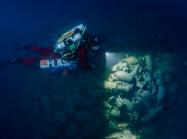



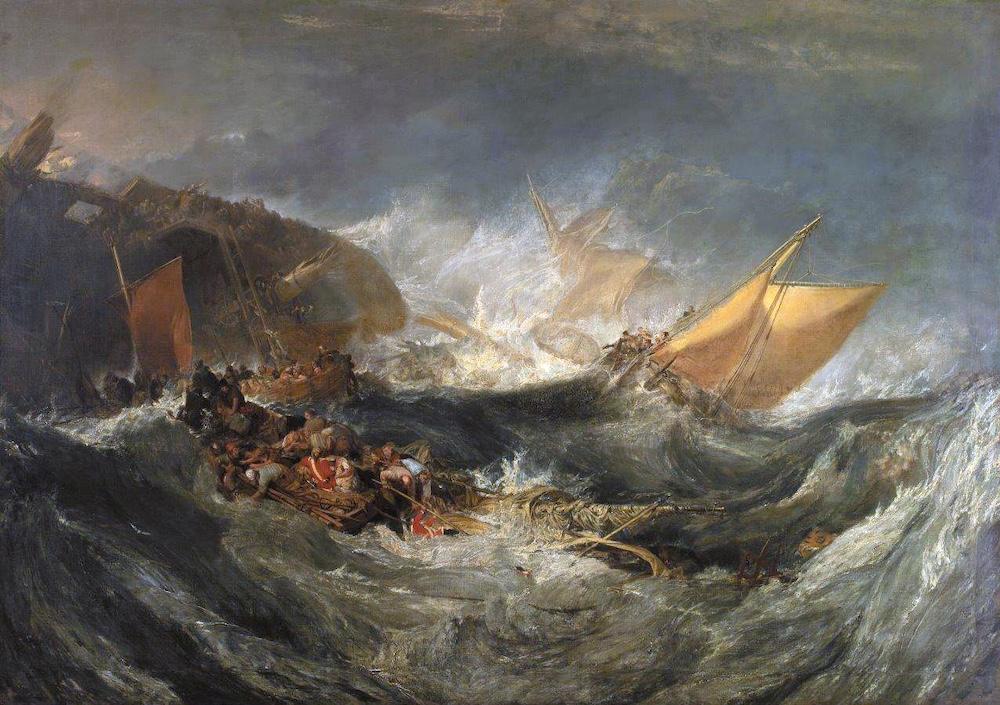
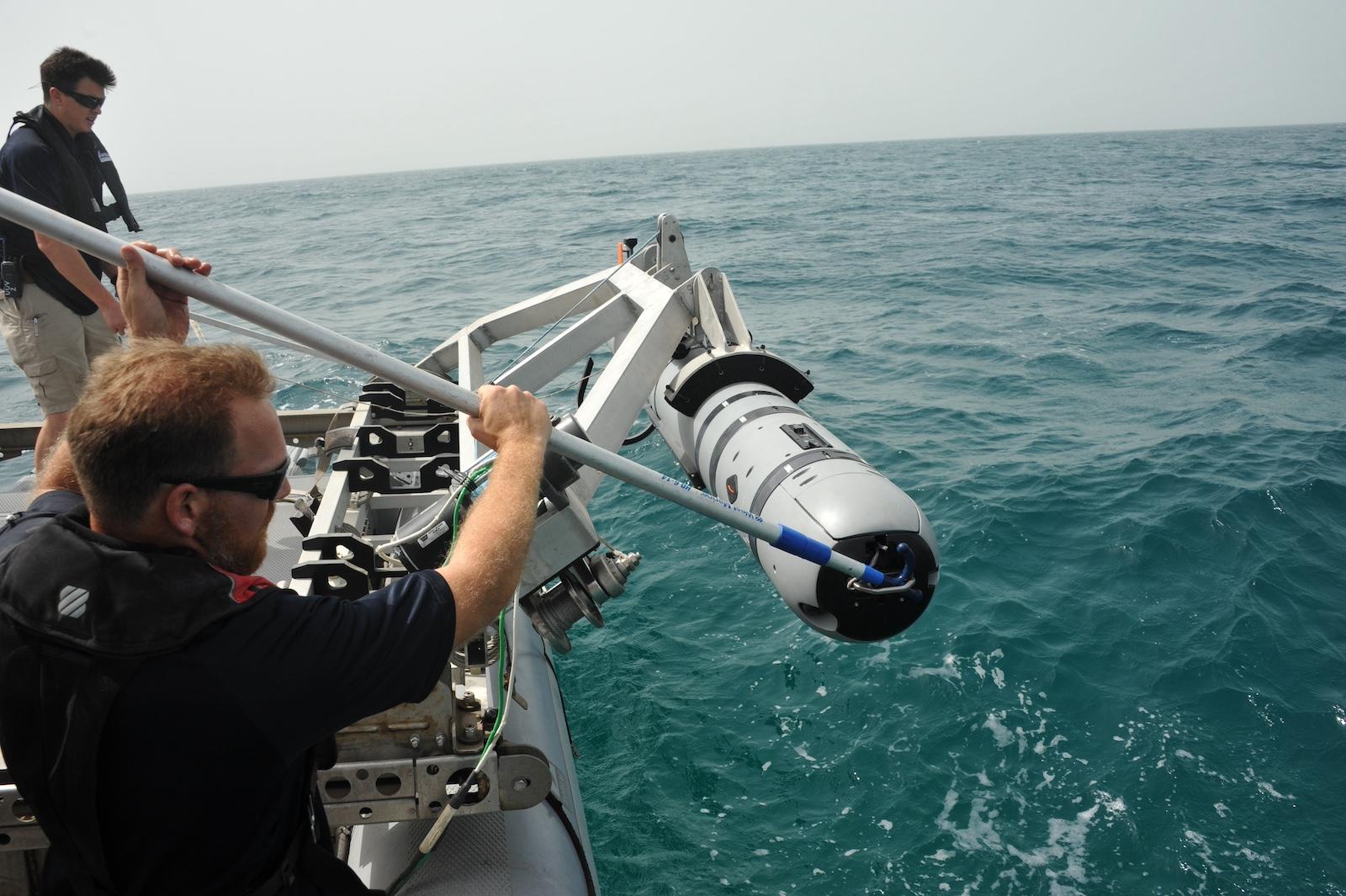
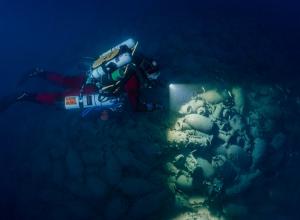
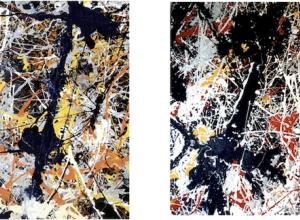













![DEl Kathryn Barton [Australian b. 1972] the more than human love , 2025 Acrylic on French linen 78 3/4 x 137 3/4 inches 200 x 350 cm Framed dimensions: 79 7/8 x 139 inches 203 x 353 cm](/sites/default/files/styles/image_5_column/public/ab15211bartonthe-more-human-lovelg.jpg?itok=wW_Qrve3)


![Ginevra de’ Benci [obverse]. 1474/1478. Leonardo da Vinci. Oil on Panel. Ailsa Mellon Brue Fund, National Gallery of Art.](/sites/default/files/styles/image_5_column/public/ginevradebenciobverse196761a.jpg?itok=hIzdUTaK)



![Merina [Pop Chalee] Lujan, Taos, 1906 – 1993, Yellow Horse, gouache on paper, 13 1/8 x 18 1/8 in. (33.3 x 46 cm.) Estimate: 1,000 – 2,000](/sites/default/files/styles/image_5_column/public/4630-58.jpg?itok=kBAYkc0u)